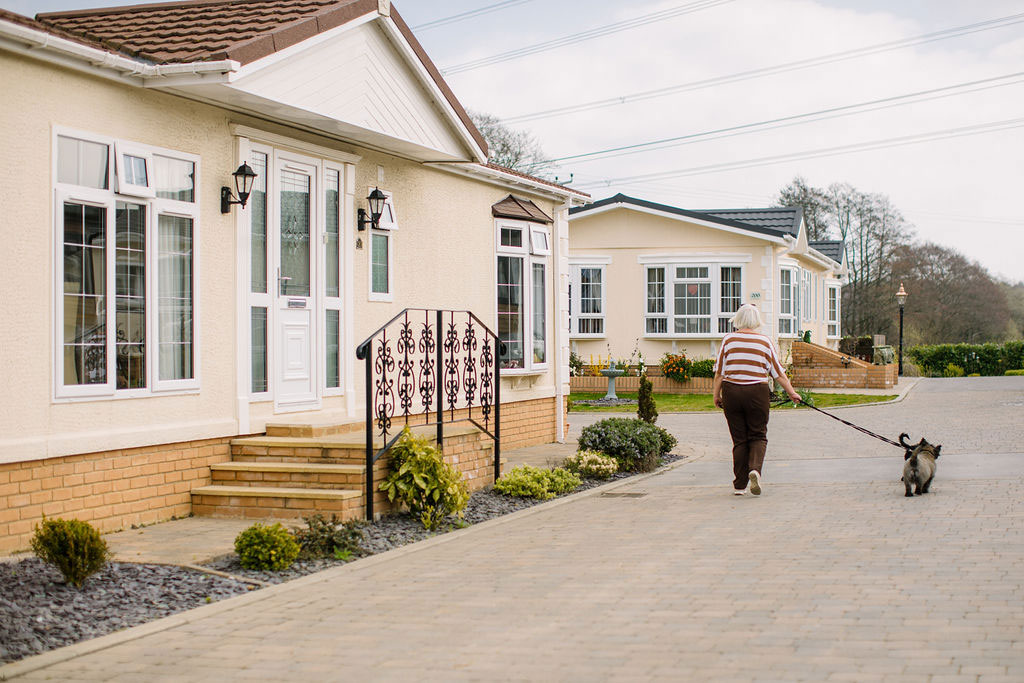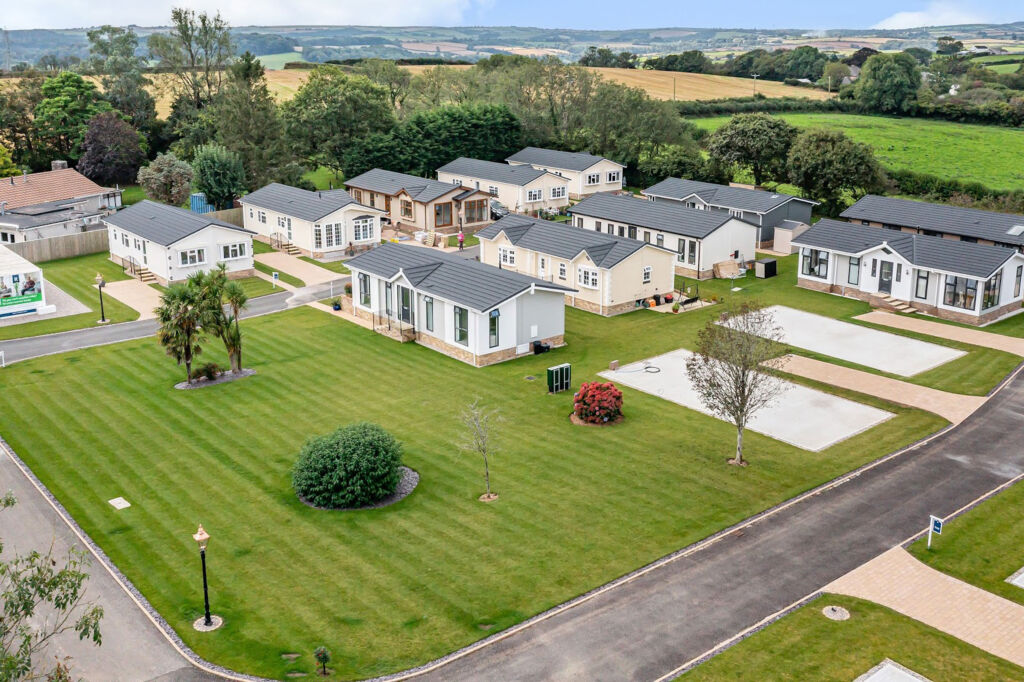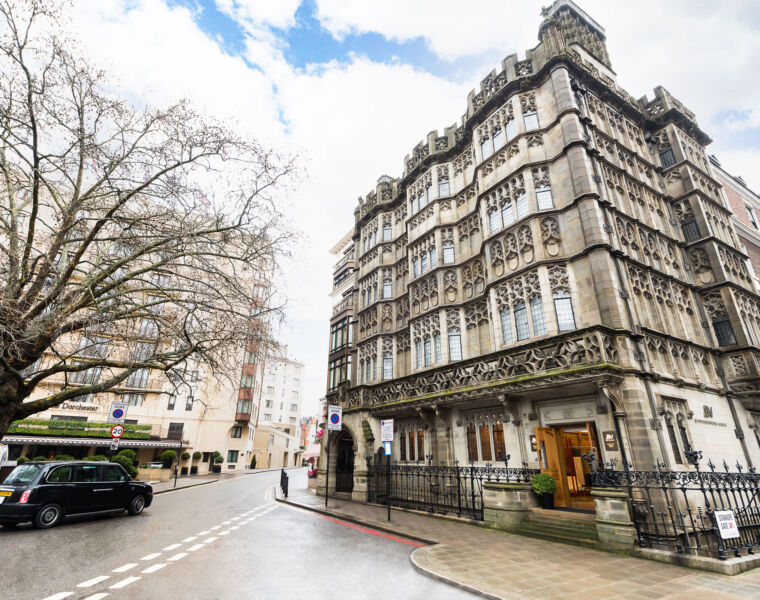
The latest Park Home Demand Index by over 50s property specialists, Quickmove Properties, has revealed that the West Midlands, Greater Manchester, Tyne and Wear and Lancashire have all seen significant increases in demand from downsizers looking to combat slower market conditions and the continued high cost of living in later life with a park home purchase.
The Quickmove Properties Demand Index measures demand for park homes across each county in England on a quarterly basis. Demand is calculated by measuring the number of park homes currently listed on the market against those that have already been sold subject to contract (SSTC). For example, if there are 100 homes on the market and 10 are SSTC, demand is 10%.
The latest index shows that almost one in five park homes had sold subject to contract across England in Q4 (18%), although regional demand was highest in the South East where this figure climbed to quarter (25%).
However, at the county level, as many as 42% of all park homes listed for sale across the West Midlands had been snapped up by downsizers.
Hertfordshire was also home to a high level of demand, with 40% of all stock already sold subject to contract, with Bedfordshire (36%), Hampshire (32%) and Berkshire (28%) also making the top five.
The West Midlands also ranked top when it comes to the quarterly change in demand seen between Q3 and Q4 of last year, with demand increasing by +20% in a single quarter.
Other counties to have seen a surge in demand for park homes during the final quarter of 2023 include Greater Manchester, up +17%, along with Tyne and Wear and Lancashire, where demand climbed by +11%.
Sales Director at Quickmove Properties, Mark O’Dwyer, commented, “Like the rest of the property market, the park home sector is generally susceptible to the Christmas slowdown in market activity. However, we’ve seen a strong surge in demand for park homes across a number of counties towards the back end of 2023.
This is down to a number of reasons, but speed of sale and the equity released in their existing bricks and mortar home are the two key factors spurring this increase in park home buyer activity.
While inflation has eased, the cost of living remains substantially high and remains problematic for those in their later years who only have their pension pot to rely on. With the average park homebuyer able to release around £125,000 in bricks-and-mortar equity, the financial benefits of a park home purchase are clear to see.
However, one factor that has become increasingly more prominent as the wider market has slowed is the speed and stability of a park home purchase using property exchange. Not only are buyers able to complete in two to three weeks instead of 200 plus days on the regular market, but the fear of the dreaded fall through is also removed from the equation.”

![]()




You must be logged in to post a comment.